
Energy and Water
Comparative Analysis of Wind-loaded Telecom Tower Structures with Recommendations
Telecommunication towers are essential infrastructure in today's fast-paced world. Lattice self-supporting towers, monopole towers, and guyed towers are the three types of structures that can be used for telecommunications towers. When analyzing telecom tower loads, wind loads are the most important ones to address. As a result, it is necessary to choose an appropriate structure that can withstand the wind and the surrounding environment. The main aim of this paper is to propose a guideline for selecting the optimum tower structure based on the surrounding environment. In order to create this
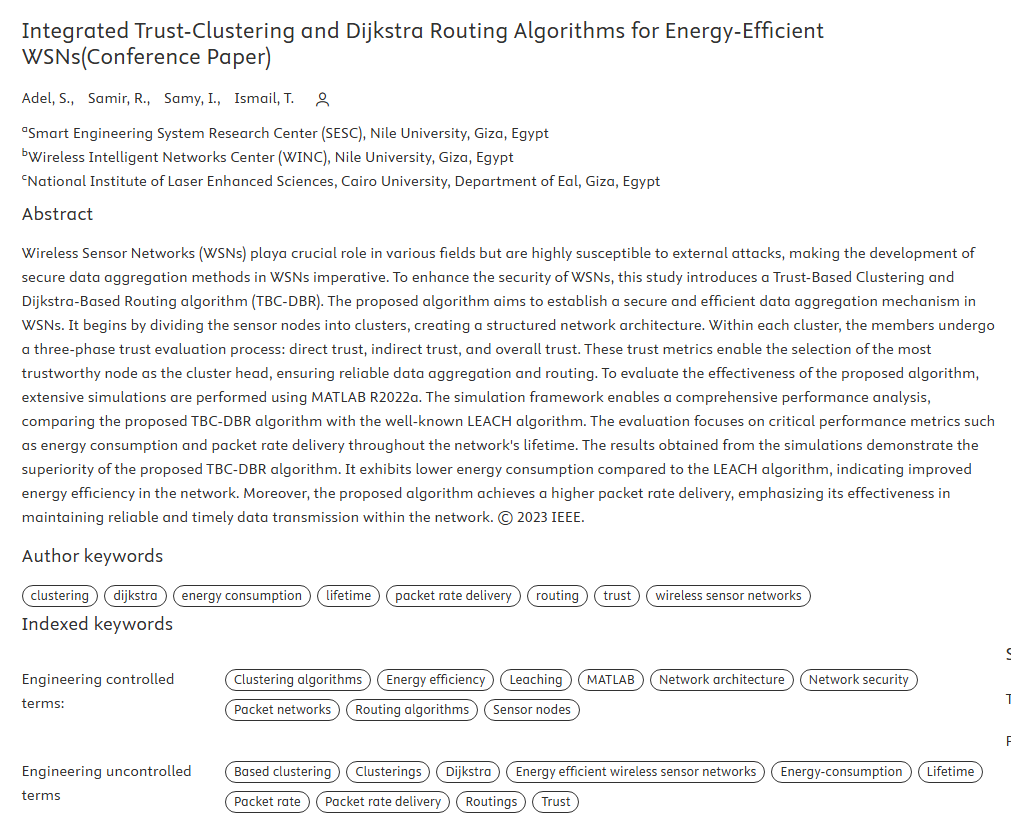
Integrated Trust-Clustering and Dijkstra Routing Algorithms for Energy-Efficient WSNs
Wireless Sensor Networks (WSNs) playa crucial role in various fields but are highly susceptible to external attacks, making the development of secure data aggregation methods in WSNs imperative. To enhance the security of WSNs, this study introduces a Trust-Based Clustering and Dijkstra-Based Routing algorithm (TBC-DBR). The proposed algorithm aims to establish a secure and efficient data aggregation mechanism in WSNs. It begins by dividing the sensor nodes into clusters, creating a structured network architecture. Within each cluster, the members undergo a three-phase trust evaluation process
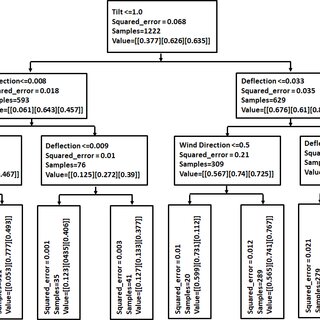
Stability Analysis and Fault Detection of Telecommunication Towers Using Decision Tree Algorithm under Wind Speed Condition
This paper presents a decision tree (DT) modeling technique to estimate any increase in the load on telecommunication towers. A structural analysis was done for the lattice and mono-pole towers using TNX Tower software to determine the basic features of the towers, such as tilt angle, deflection, twist, and acceleration. The structure analysis generated a data set based on wind speeds. This data set was then used to train a machine-learning algorithm to estimate the loads on the structure. Any change in the applied loads greater than the loads considered in the design might be identified using

Enhancement of Organic Solar Cell Absorption by ZnO and LiF Insertion within the Active Layer
Optical performance enhancement of organic solar cells is crucial to achieve high power conversion efficiency. The active layer is the only layer that is of interest. A modified active layer of P3HT:PCBM with nanoparticles of ZnO and LiF are embedded in the active layer. The optical outcomes showed an increase in the absorption by 4.67% compared to the case without ZnO and LiF. Spacing between ZnO and LiF along with their dimensions are important to absorption enhancement. Compact spacing between ZnO and LiF inhibits light absorption due to large reflection. A maximum increase in current by 17
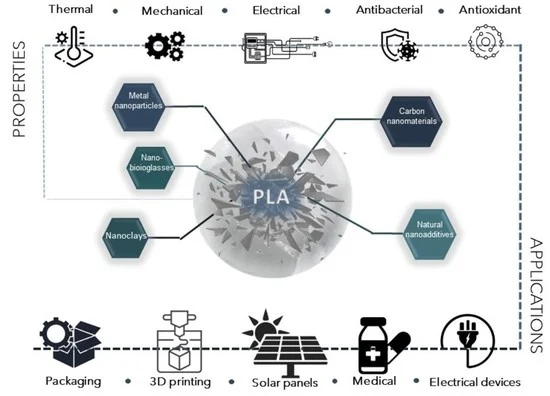
Polylactic acid-based bionanocomposites: Synthesis, properties, and applications
The awareness of the severe environmental consequences of petroleum-based plastics has expanded globally. Therefore, academic and industrial researchers have been extremely encouraged to investigate replacing traditional petrochemical-based plastic products with biobased and biodegradable alternatives in order to minimize fossil fuel consumption. Among the biopolymers available nowadays, polylactic acid (PLA) is one of the tops produced and seems to be a promising candidate to commercially replace many nondegradable polymers. Although PLA offers comparable mechanical properties, inherent
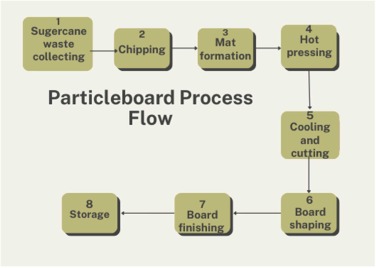
Sustainable utilization of sugarcane bagasse for wood-based panels: A promising approach for waste management in Egypt
One method to sustainable development is to reduce waste generation and recycle it in a way that contributes to the economic, social, and environmental goals of sustainable development. The study focuses on particle board production from Sugar Cane Bagasse (SCB). Various fiber-matrix combinations were used to create composites using SCB and epoxy resin matrix. Mechanical testing and water absorbance tests were employed to assess the effects of the epoxy content (0–25 wt%). The outcomes demonstrated that the optimal tensile strength of bio composites was attained by the 25 wt% of epoxy with SCB
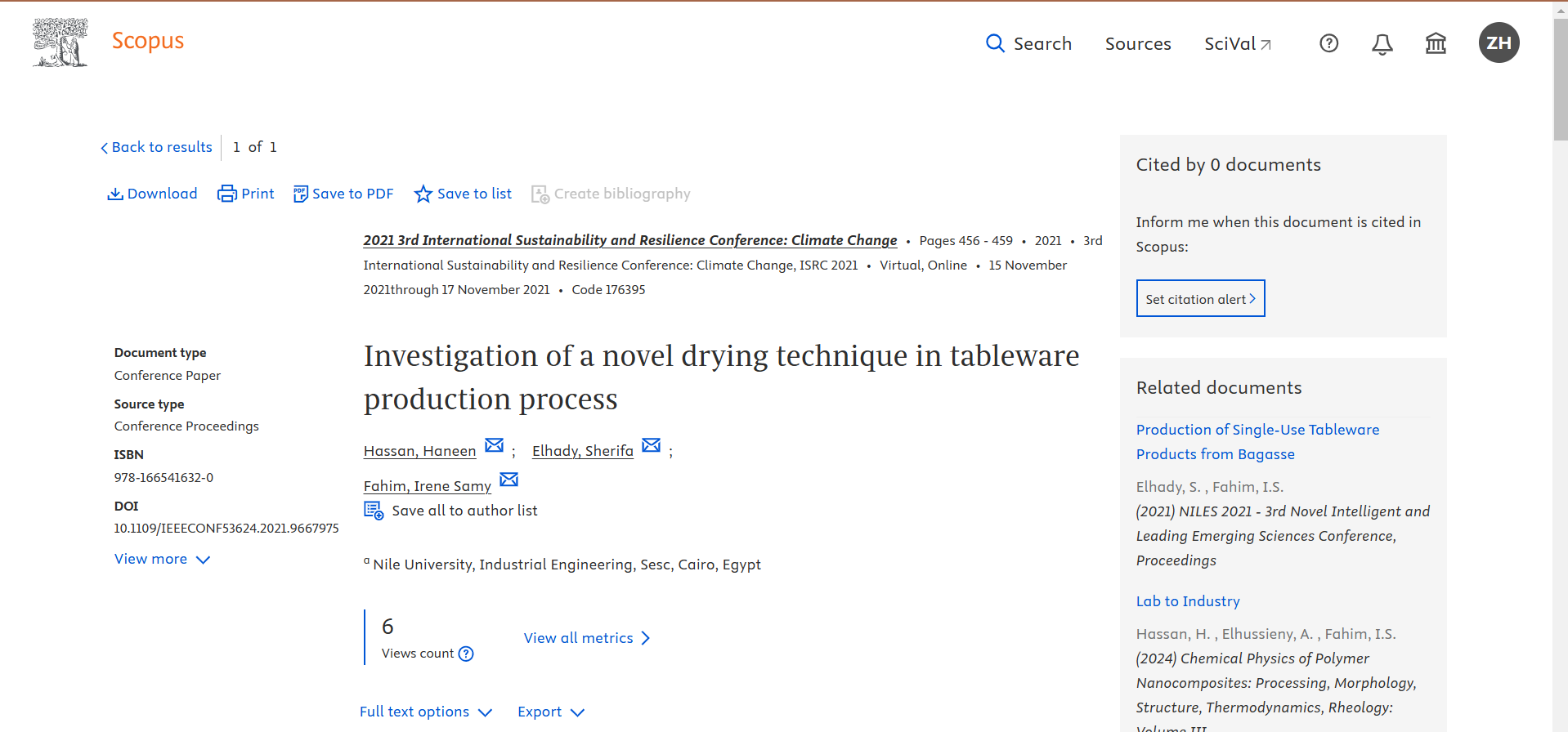
Investigation of a novel drying technique in tableware production process
The primary by-product of the sugarcane industry is sugarcane bagasse, which is considered a raw material for molded tableware production process. Studies proved that this industry is energy and water intensive. Attempts have been conducted to produce biodegradable bagasse plates utilizing a novel drying technique for the bagasse pulp using mechanical rollers for dehydration and cold drying instead of conventional vacuum drying. It was found that the new drying mechanism reduces the energy consumed by 32% and water consumption by 90% compared to the traditional molded tableware manufacturing
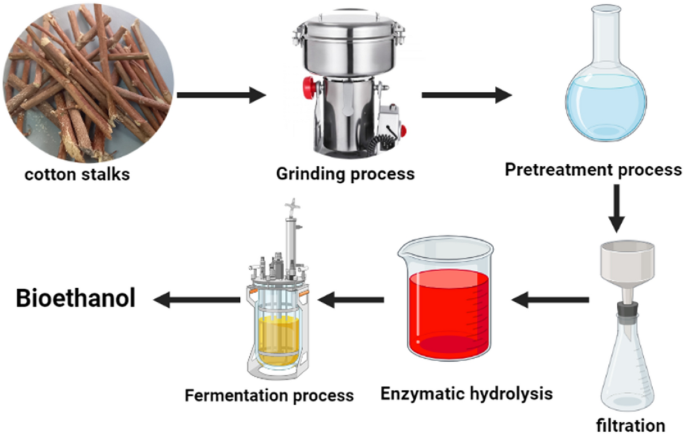
A comparative cradle-to-gate life cycle assessment of three cotton stalk waste sustainable applications
This paper presents a novel approach to utilizing agricultural waste. It compares three different applications for cotton stalks: fabrication of wood composites, bioethanol production, and biogas cradle-to-gate Life cycle assessment production processes. Cotton cultivation generates a lot of debris, mostly cotton stalks, which are incinerated or landfilled, Sustainable resource management is critical for maintaining the ecosystem, and economic stability, and promoting social fairness since it ensures the long-term availability of resources while minimizing environmental damage. The
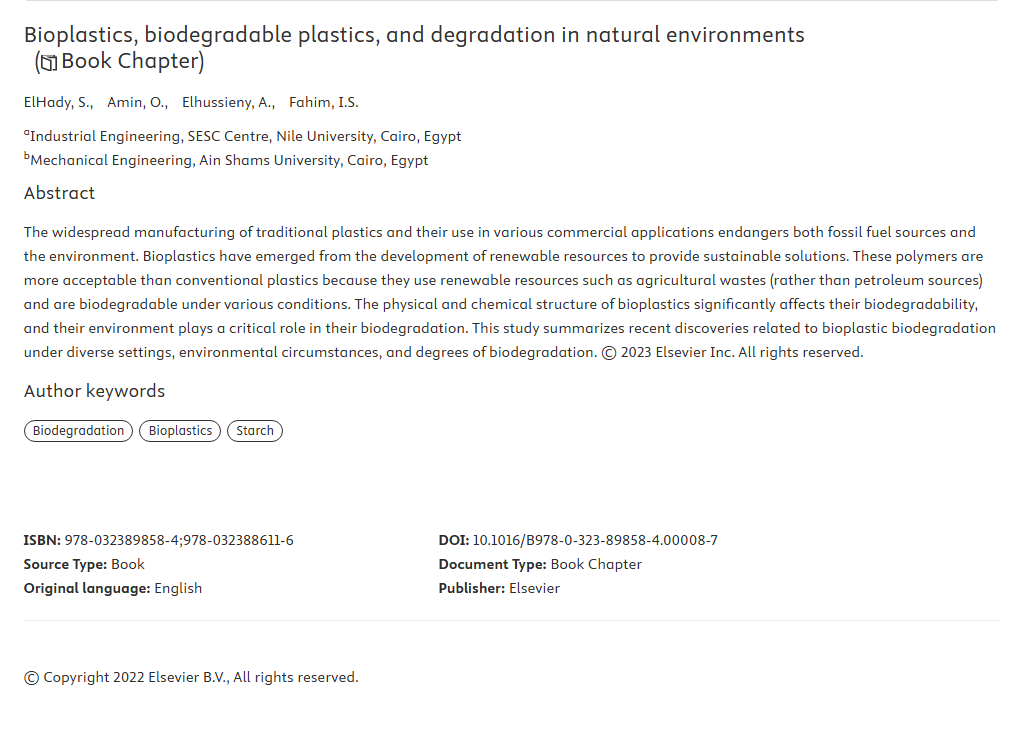
Bioplastics, biodegradable plastics, and degradation in natural environments
The widespread manufacturing of traditional plastics and their use in various commercial applications endangers both fossil fuel sources and the environment. Bioplastics have emerged from the development of renewable resources to provide sustainable solutions. These polymers are more acceptable than conventional plastics because they use renewable resources such as agricultural wastes (rather than petroleum sources) and are biodegradable under various conditions. The physical and chemical structure of bioplastics significantly affects their biodegradability, and their environment plays a
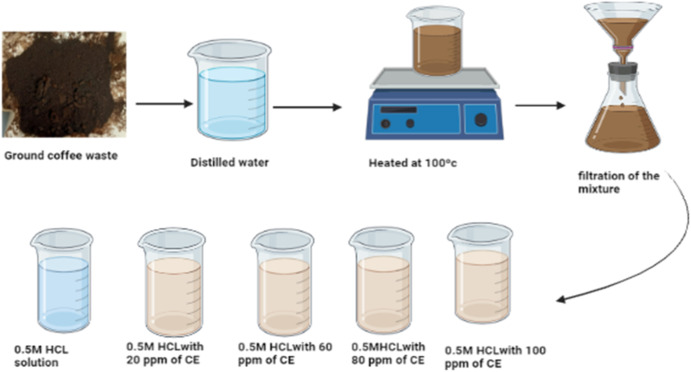
Electrochemical evaluation of green corrosion inhibitor based on ground coffee waste in Petroleum fields
Corrosion poses a significant challenge in industrial sectors that handle metallic materials. The objective of this study was to evaluate the feasibility of employing a cost-effective, organic, and eco-friendly solution derived from discarded coffee grounds, known as coffee waste extract (CE), to mitigate the corrosion rate of carbon steel in an acidic environment comprising 0.5 M hydrochloric acid (HCL) with varying concentrations ranging from 20 to 100 ppm. This research aims to explore the prospective utilization of coffee waste as an inhibitory agent that can be reutilized for diverse